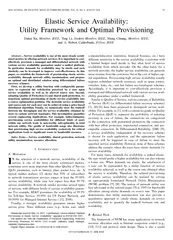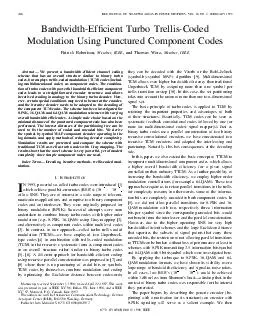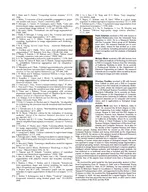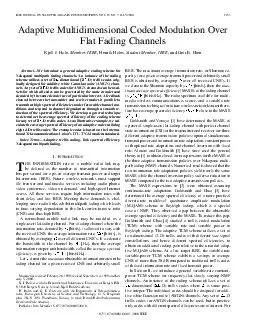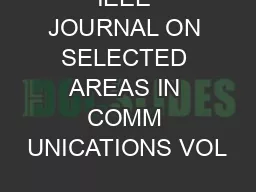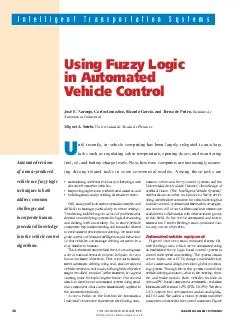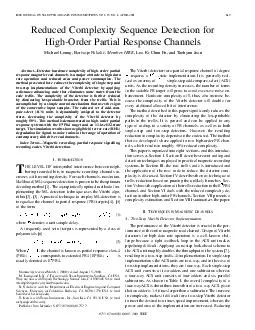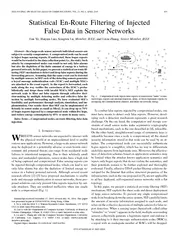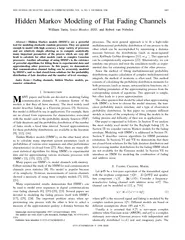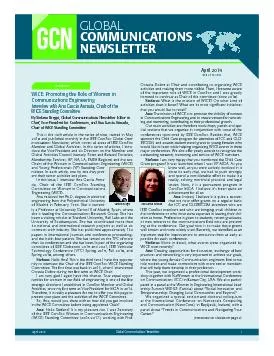PDF-IEEE JOURNAL ON SELECTED AREAS IN COMMUNICATIONS VOL
Author : marina-yarberry | Published Date : 2015-05-02
26 NO 6 AUGUST 2008 55 Elastic Service Availability Utility Framework and Optimal Provisioning Dahai Xu Member IEEE Ying Li Student Member IEEE Mung Chiang Member
Presentation Embed Code
Download Presentation
Download Presentation The PPT/PDF document "IEEE JOURNAL ON SELECTED AREAS IN COMMUN..." is the property of its rightful owner. Permission is granted to download and print the materials on this website for personal, non-commercial use only, and to display it on your personal computer provided you do not modify the materials and that you retain all copyright notices contained in the materials. By downloading content from our website, you accept the terms of this agreement.
IEEE JOURNAL ON SELECTED AREAS IN COMMUNICATIONS VOL: Transcript
Download Rules Of Document
"IEEE JOURNAL ON SELECTED AREAS IN COMMUNICATIONS VOL"The content belongs to its owner. You may download and print it for personal use, without modification, and keep all copyright notices. By downloading, you agree to these terms.
Related Documents

